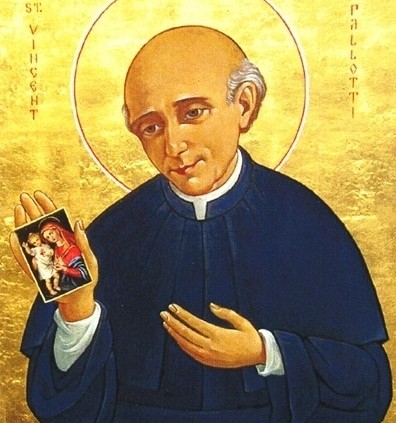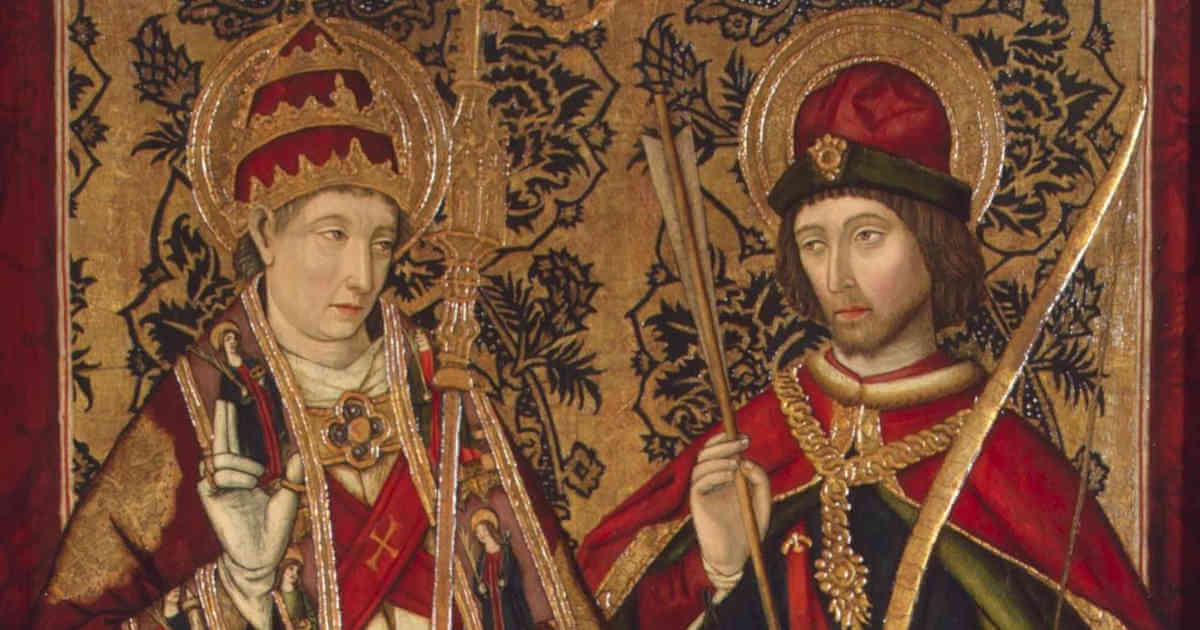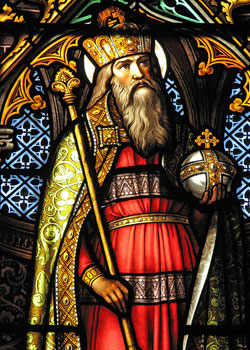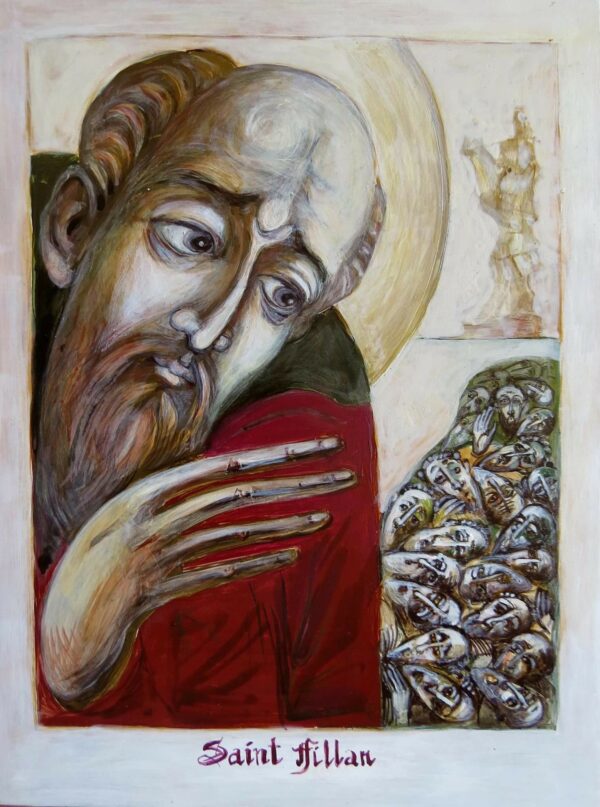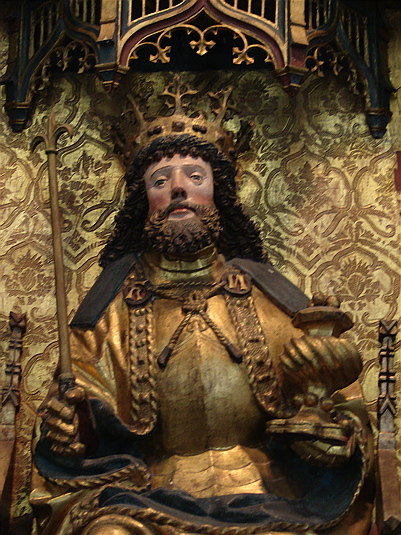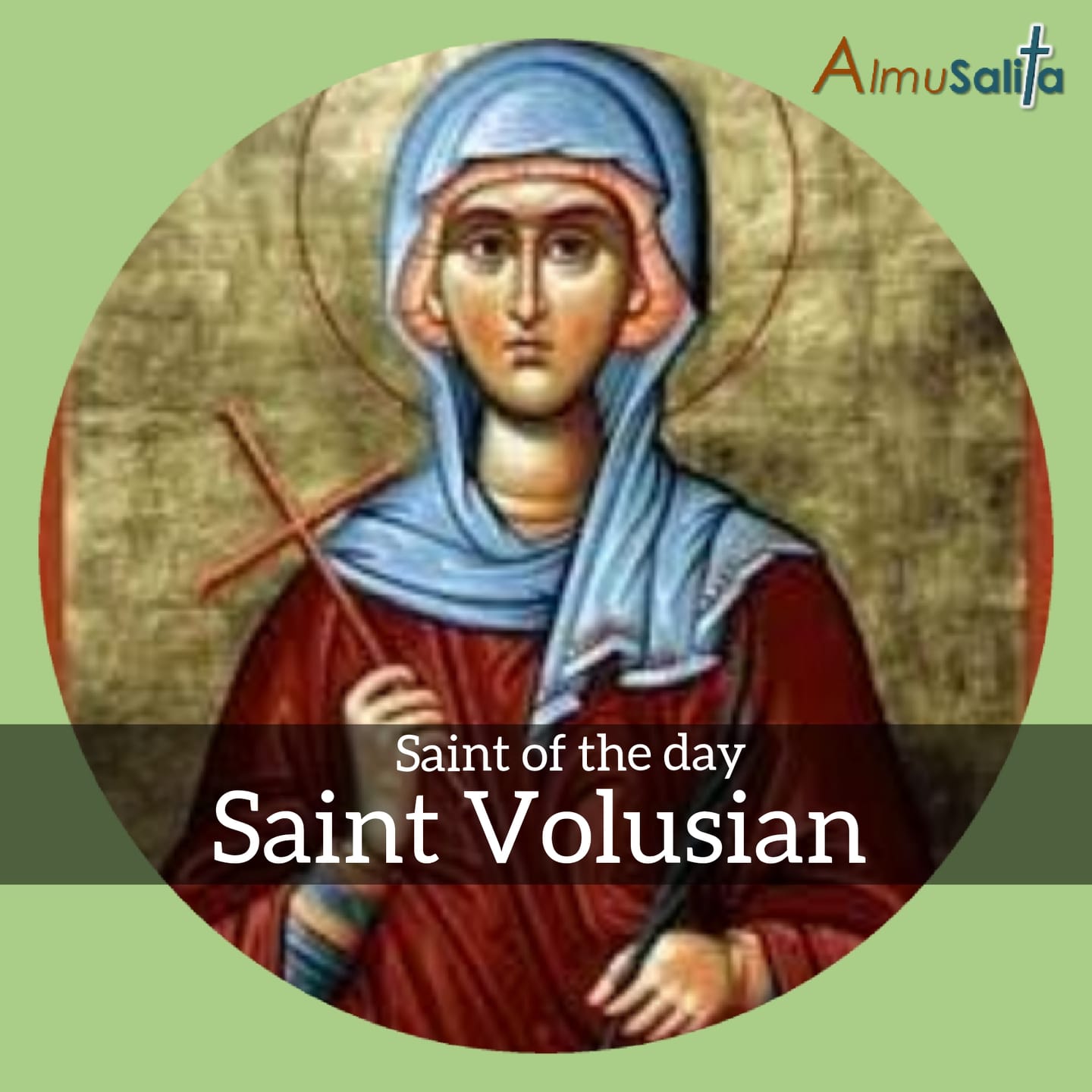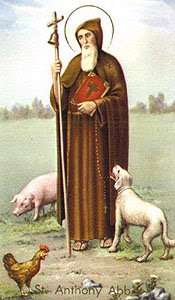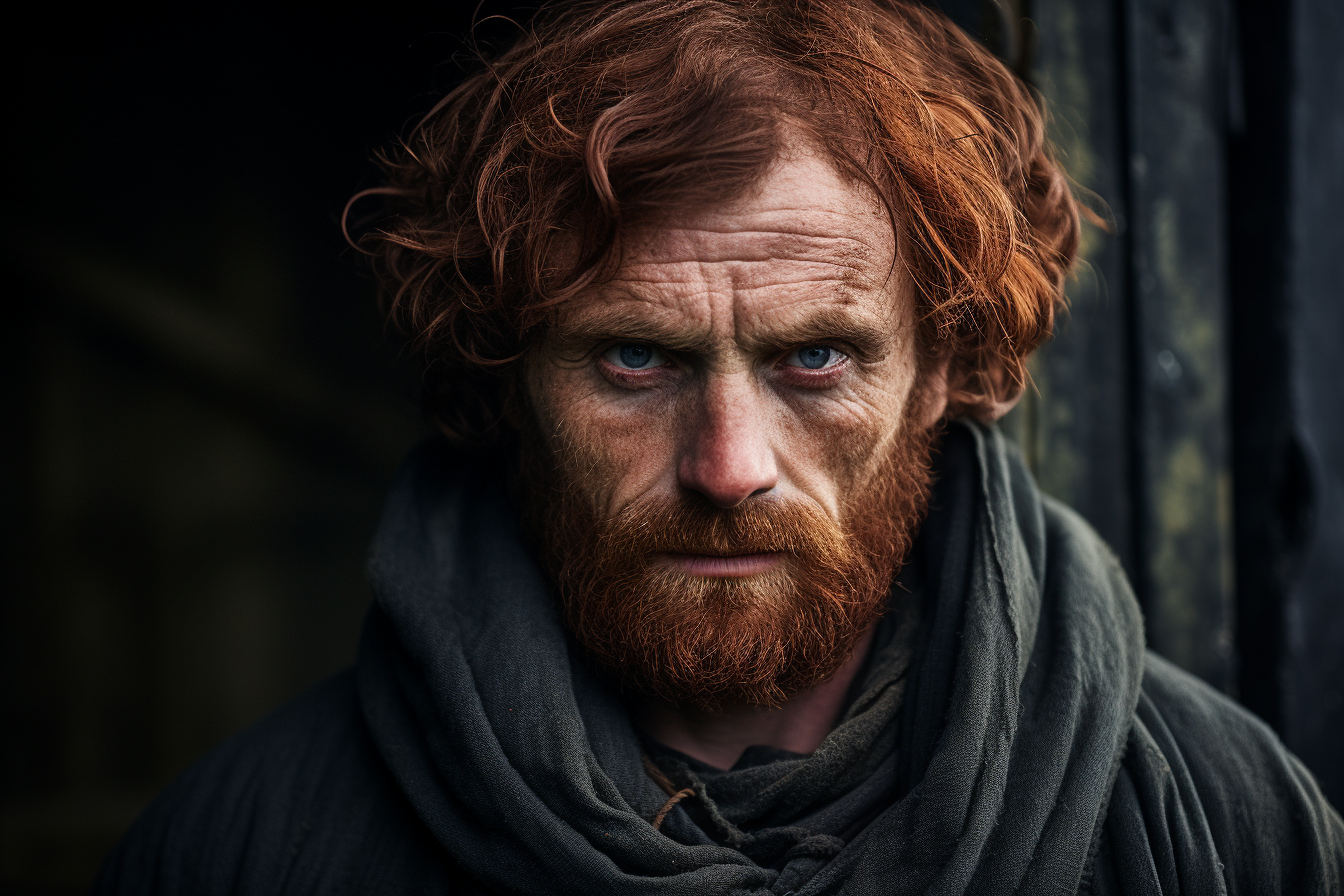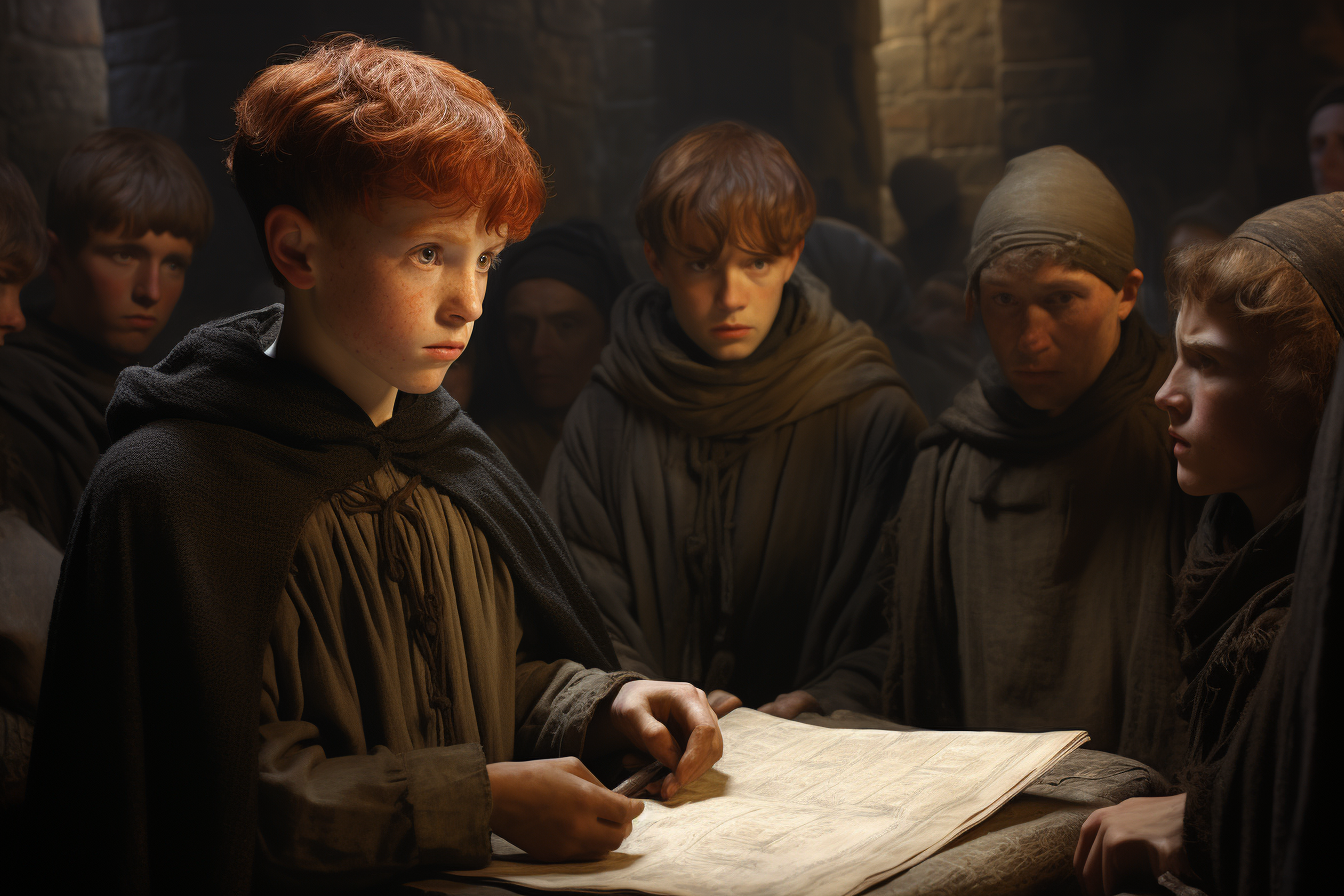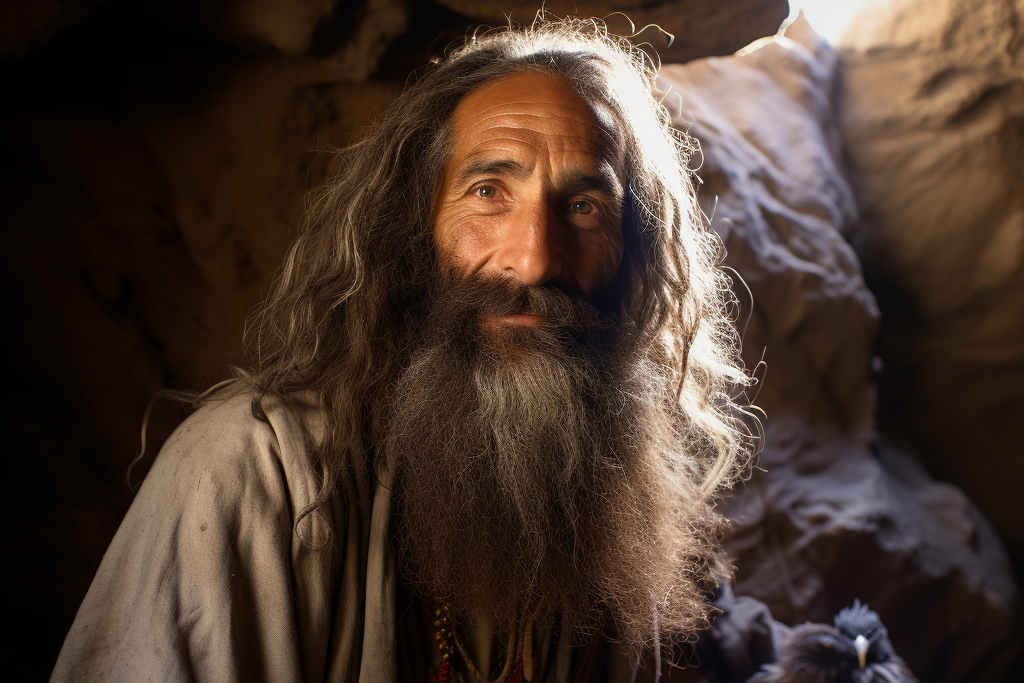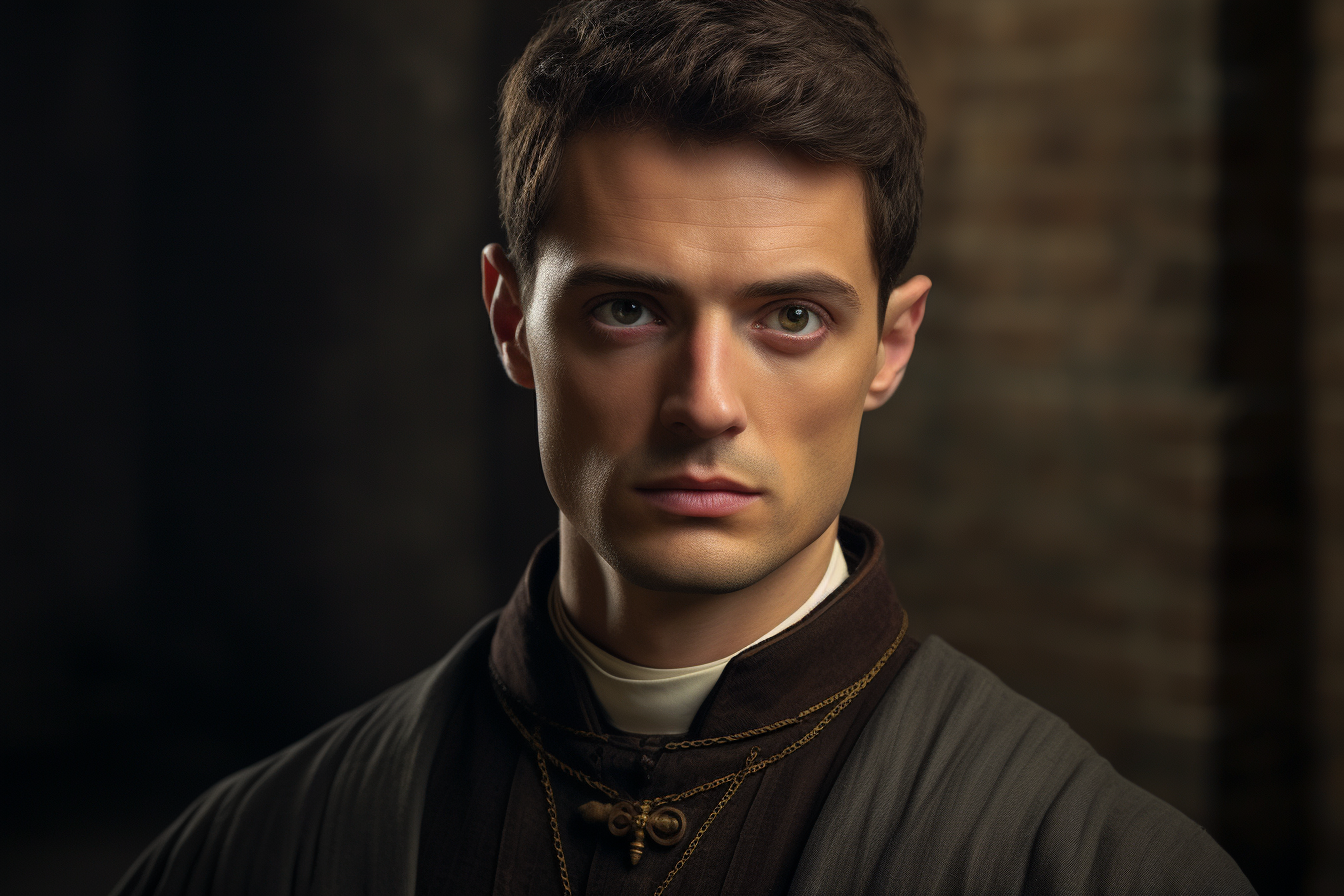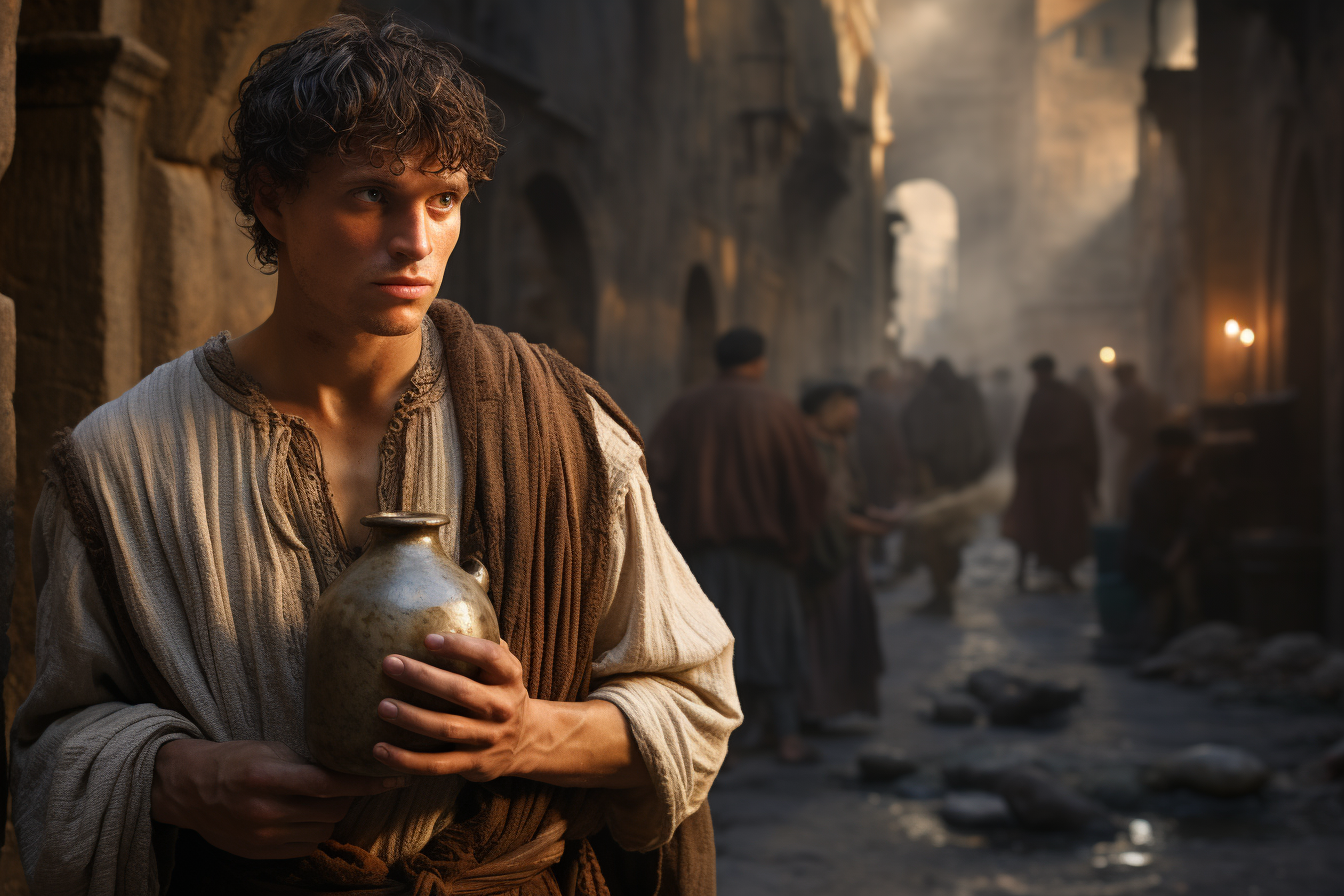When they lived:
St. Vincent Pallotti lived in the 19th century. He was born on April 21, 1795, and died on January 22, 1850.
Where they lived:
St. Vincent Pallotti spent most of his life in Rome, Italy. He was born in Rome and remained there throughout his life, deeply rooted in the city’s rich Catholic tradition.
Notable world events during the time of their life:
- Industrial Revolution: During St. Vincent Pallotti’s lifetime, the Industrial Revolution was in full swing. This period witnessed significant advancements in technology, manufacturing, and transportation, transforming societies across the world.
- Napoleonic Wars: St. Vincent Pallotti lived through the Napoleonic Wars, a series of conflicts that reshaped the political map of Europe. The wars had far-reaching consequences, including the spread of revolutionary ideas and changes in European power dynamics.
- Birth of Photography: In 1839, just a few years before Pallotti’s death, Louis Daguerre introduced the daguerreotype, a pioneering form of photography. This invention marked the beginning of a new era in visual communication and art.
- Publication of Charles Darwin’s “On the Origin of Species”: In 1859, after Pallotti’s passing, Charles Darwin published his groundbreaking work on evolution. This would have a profound impact on science and society, sparking debates about religion, evolution, and the nature of life itself.
- Gold Rushes: During Pallotti’s lifetime, several gold rushes occurred, notably the California Gold Rush of 1848-1855. These events attracted people from around the world and significantly altered the economic and demographic landscapes of the regions affected.
- Revolutions of 1848: In 1848, a series of political upheavals and revolutions occurred across Europe. These events, often referred to as the “Springtime of Nations,” demanded greater political freedom and constitutional reforms.
Patronage:
St. Vincent Pallotti is known as the patron saint of Roman Catholic figures involved in the apostolate of the Catholic Church, particularly those engaged in promoting unity among Christians and spreading the faith. His work was dedicated to encouraging laypeople to actively participate in the mission of the Church and to promote a spirit of collaboration among clergy and laity.
Early Life
Saint Vincent Pallotti was born in the Papal States, Rome, on April 21st, 1795. His parents were Pietro Pallotti and Magdalena De Rossi.
Saint Vincent was said to be of noble blood, descending from distinguished ancestors from Nocia and Rome from his father’s and mother’s sides, respectively. He was the third child of ten children born to Magdalena.
He was baptized in the Saint Lawrence Church in Rome on April 22, 1795.
Vincent gained his initial formal studies at the Pious Schools in San Pantaleone, after which he proceeded to study at the Roman College.
At a very tender age, he was devoutly religious and studied the Bible. He made up his mind to be a part of the church, and at the age of 16, he decided that he wanted to be a Priest.
Saint Vincent became a lower member of the Franciscan church in 1816 before he was ordained a Priest in the Church on May 16, 1818.
Saint Vincent showed love to the poor and needy and took special heed to the act of penance. A small man with blue eyes that seemed to stare deep into the soul, Vincent Pallotti soon started to wear his head bald as an act of reverence to God.
Dedication and Devotion
A man of great intellect, Saint Vincent continued his studies at the Sapienza University from 1814 to 1818. Shortly after being ordained in the church, he completed his studies and received a Doctorate in theology and Philosophy.
Saint Vincent was assigned the post of assistant professor in his Alma Mater but soon resigned because he needed to focus more on his ecclesiastical duties. When he wasn’t preaching, he spent most of his time caring for the needy.
Saint Vincent established institutions for carpenters, tailors, and shoemakers to help them become better at their trades. He brought doctors to look at the sick, and he did all this out of the kindness of his heart and for the love of God.
Legacy
Saint Vincent Pallotti founded the Union of Catholic Apostolates on January 9, 1835. This apostolate would blossom into one of his greatest achievements while in power. Starting this apostolate, Saint Vincent sought to bring people from all walks of life to salvation.
The Union was approved by Pope Gregory XVI on July 11, the anniversary of its establishment.
It was a difficult time during wars and the outbreak of diseases like the cholera plague. This didn’t deter Saint Vincent Pallotti, however, as he traveled from city to city to preach the Good News and recruit people to the apostolate. He was devoted to growing the mission.
Unfortunately, the Society was disbanded due to its similarity to the Society for the Propagation of the Faith. Vincent, however, petitioned for the reopening of the Society and was met with a favorable reply.
Among the good things he did for society was the creation of the Society of the Catholic Apostolate, a union for priests and brothers.
Death and Canonization
Saint Vincent Pallotti died on the 22nd of January, 1850, in his home city of Rome. He was barely 55 years old but had left a large impact on the church.
After his death, trouble began brewing concerning his society, but it was staunchly defended by people like Cardinal Lambruscini. When the Cardinal passed away, however, the Society was renamed The Pious Society of Missions.
The name stuck for several years until the Holy See commanded that the original name be reclaimed.
Saint Vincent Pallotti was canonized by Pope John XXIII in 1963.
Tradition has it that after his death, before he was buried, there was a sweet smell that was detected around his body and his room. This smell supposedly stayed in his room even after a month, until it faded away.
His body was exhumed from the initial spot twice, in 1906 and 1950, and both times, it was noticed to have remained unspoiled and uncorrupted. This sign, as exhibited by several other saints in history, was taken as a sign of purity.
Saint Vincent Pallotti’s body currently lies in the Church of San Salvatore in Onda, Rome. He is celebrated by the Catholic Church on the day of his death, January 22.
5 Interesting Facts About St. Vincent Pallotti
- Did you know that Saint Vincent once dressed up as an old woman to
get the confession of a man who swore to kill any priest that came
in the room? - Did you know that Saint Vincent Palloti’s Society still exists?
today? It is kept alive by the Pallotine Fathers, Brothers, and
Sisters. - Did you know that Saint Vincent served as a prison chaplain for some
time in 1838? - Did you know that Saint Vincent gave his final sermon on the last
day of the octave of the Epiphany? This happened in 1850. - Did you know that Saint Vincent predicted that Giovanni
Mastai-Ferretti would be made Bishop?
Prayer of St. Vincent Pallotti
Saint Vincent Pallotti, you were molded by God’s infinite love. You answered God’s call to serve Him. You were there for those seeking counsel ,for the sick, for the youth and the aging, for the rich and the poor, for people of any profession and walk of life. They were all important to you. You wanted to inspire each and every one for the Kingdom of God, reminding people of their duty to be apostles and preparing them for this work. Now I call upon you to intercede for me. Help me to pray. Help me to pray only for what I truly need, what I can truly use, and what is for my salvation and the honor of God. You received many graces and gifts from God. You always thanked God beforehand, as if your prayer had already been answered. I ask you to submit my petitions to God. Be my helpers. I place this prayer before God the Father, through Jesus Christ. Do not leave me without your help. Bless me. Show me the way to Christ. Through the Spirit, lead me to the Father. Amen.
Source:[http://www.stannesparishshankill.com/prayers/prayers-to-vincent-pallotti]{.ul}
